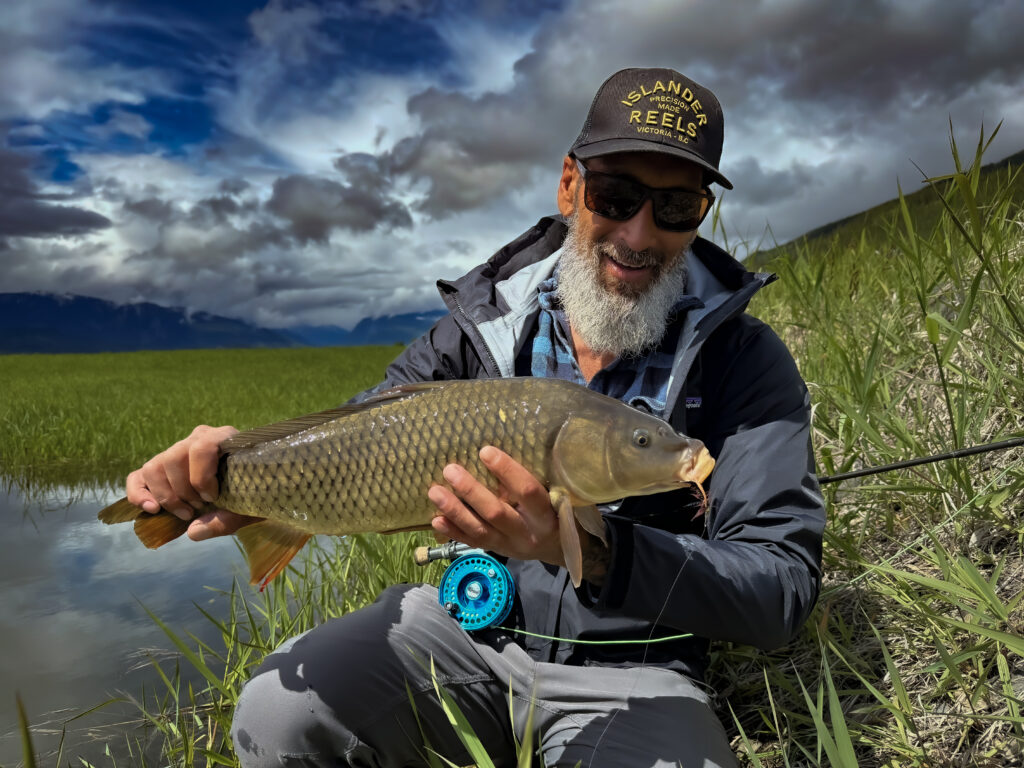Expert Advice
Summer Fly Fishing for Carp
As summer progresses and the waters warm or drop in level, fishing trout becomes less of an option for me, so we put less pressure on them while the fishing slows during the warmer months. It’s also a good chance to ease off and explore other species.

I begin to focus on carp, as I look forward to every year; especially carp on the fly. There has always been something special about summer carp fishing for me. The early morning on still water and the evening are definitely my favourite times to get out, and it sets the stage for some exciting angling.
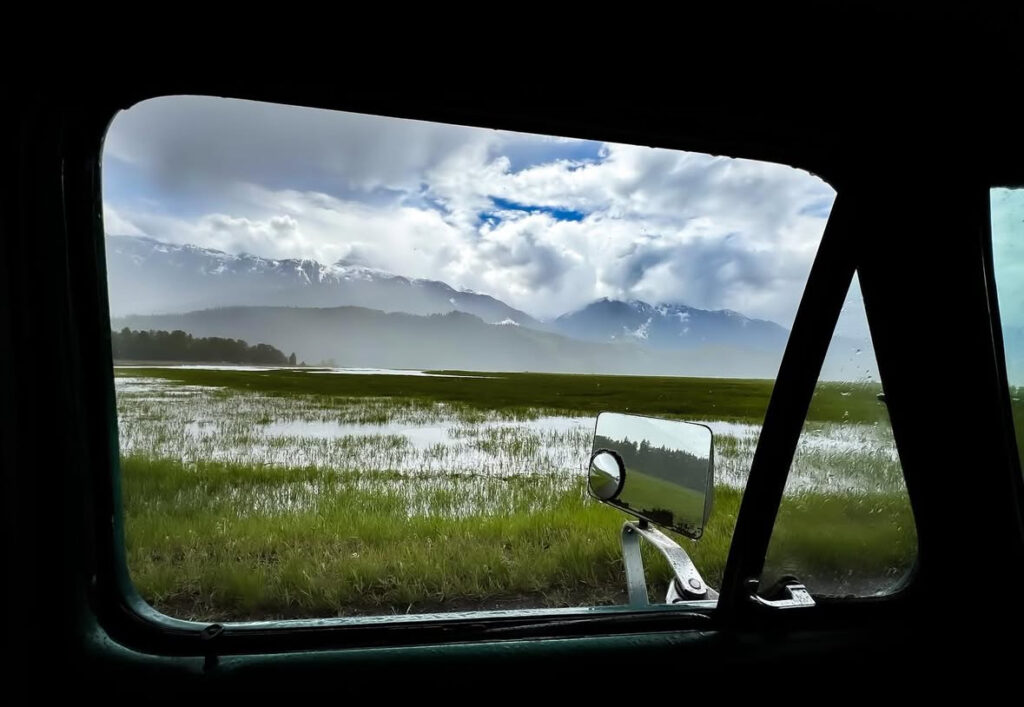
Summer months offer ideal temperatures for carp as they are most active during the summer. Like many other species, whether sport or non-sport, water temperatures play an active role in feeding and how active they become in their daily routines.
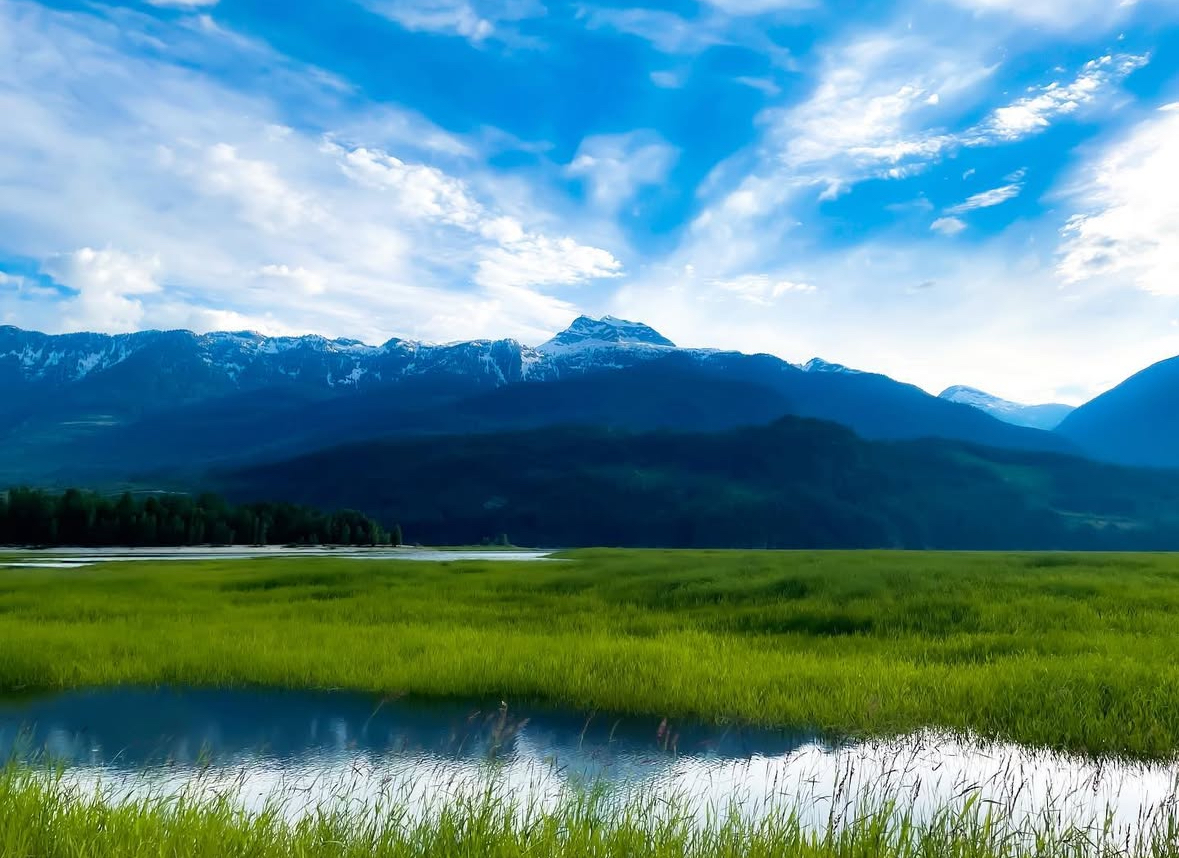
Carp are considered an invasive species in British Columbia, and they can be found in certain bodies of water across the province. While they’re not native, they do present a unique opportunity for anglers. Here are some basic tips on carp fishing, which can be a great alternative during the summer when trout and other species have slowed down.
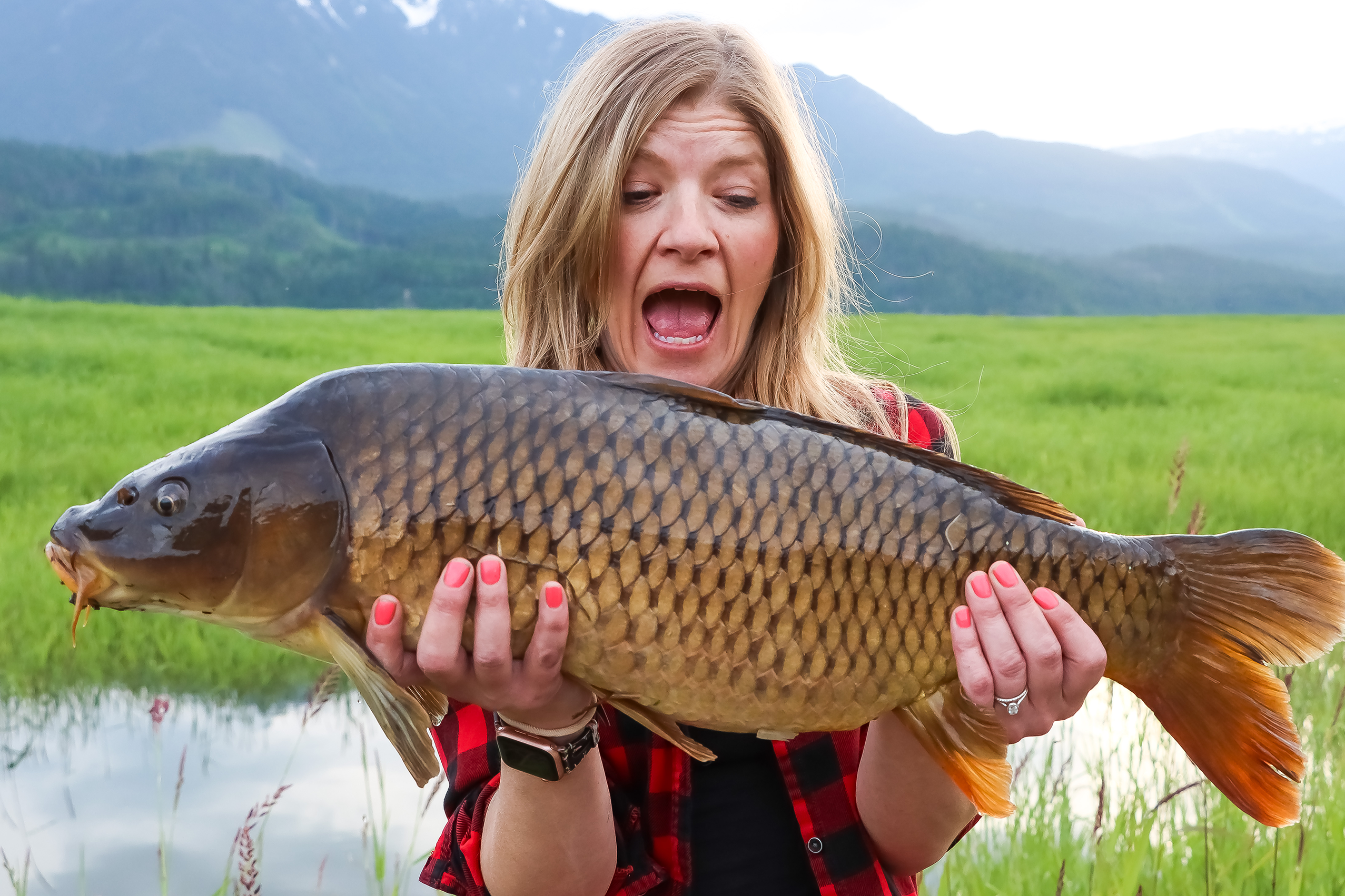
I’m often asked, “Why carp?” I know carp are not overly sought after and some people turn their nose up, as they are not a traditional sport fish in North America. I grew up in a generation that thought they were a nuisance species with negative impacts on native fisheries. But that was many years ago, and now they are becoming a lot more notable as a sport fish because of their intelligence and the fight they put on. Still, to this day, after catching my first carp on fly at a young age, it has become an obsession for me to seek out bigger carp, learn everything I can about their behaviour, and become a better carp angler. Some laugh when I say I would rather catch a carp on the fly than trout, but once you feel the power they hold and witness the show they can put on as they breach the water once they realise they’ve been fooled and fell for a pattern that I tied the night before, you’ll understand.
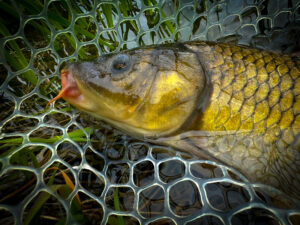
I recommend that any angler who enjoys fly fishing give carp a try, especially if they are found in your area. You might be surprised at how many places in British Columbia can give you the opportunity to fish for one of these elusive golden ghosts. Don’t be fooled though, it’s not easy. You will have to have patience and do some research on this intelligent species, as they have big eyes and can be skittish when they are in feeding mode, whether they see your movements on shore or even with a clumsy or inaccurate cast into the water.
So that being said, carp fishing can really make you become more accurate in your casts pretty quickly.
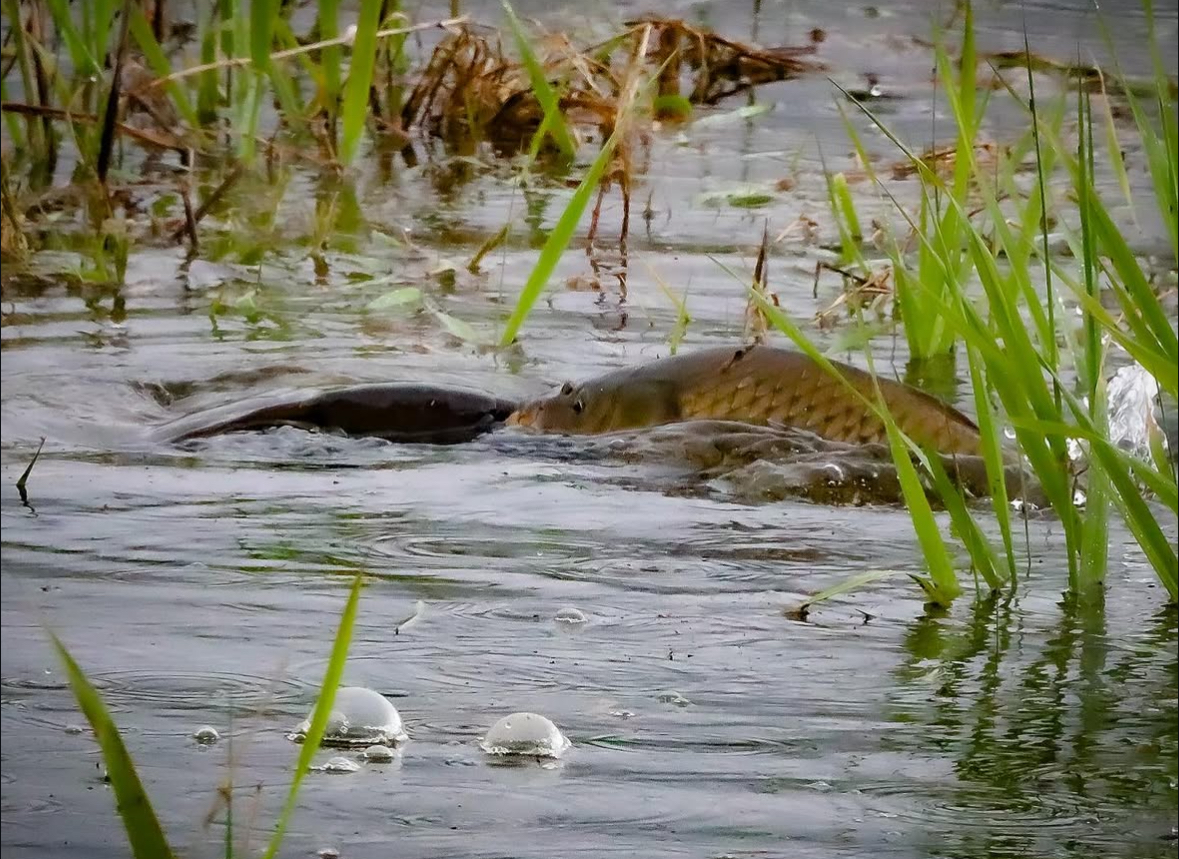
Scouting areas and observing carp, you’ll find what their ideal habitats are. Often they swim in schools near shorelines that provide drop-offs, weed beds, tall grass, or lily pads that give them safety and therefore comfort to feed with the extra coverage. Like any other species you enjoy targeting, check the hatches and see what type of aquatic insects hold in the waters you fish. This will make it easier for you to become successful while you target them.
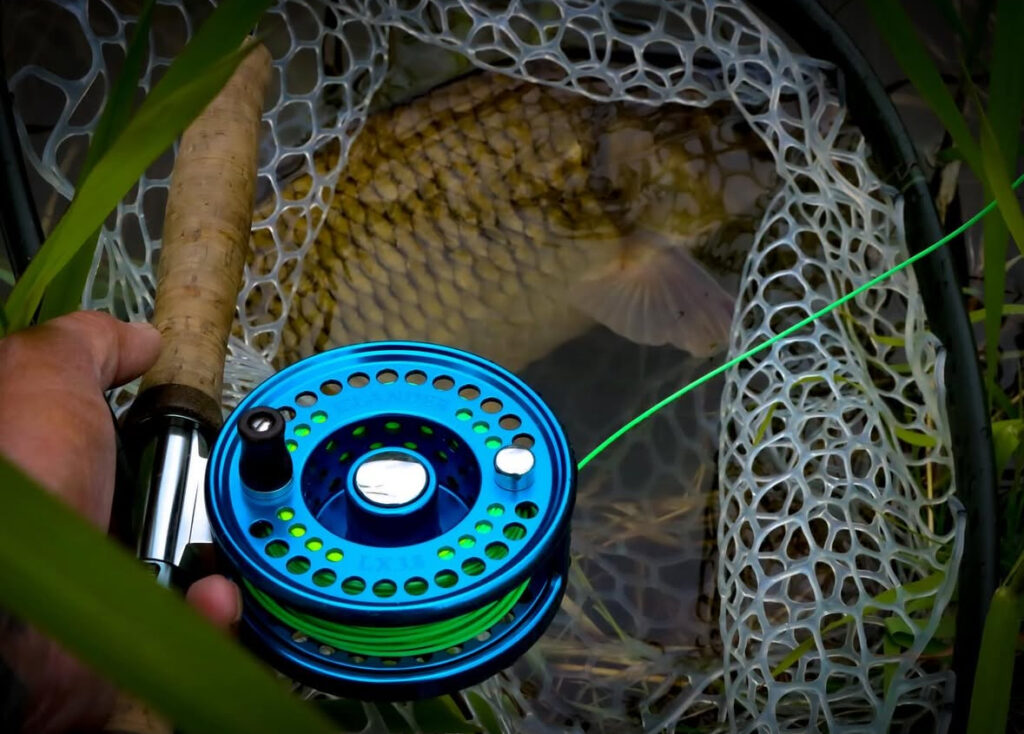
My biggest advice is, don’t get frustrated if you don’t catch on your first outing. You may catch more coarse fish, like perch, pike minnows, or other bottom fish, before landing your first carp. As I mentioned earlier, they are both skittish and intelligent. If you do catch one, be prepared for the worst, breaching, and breaking your leader. Not to mention, they are notorious for making a beeline to patches of lily pads and thick weeds.
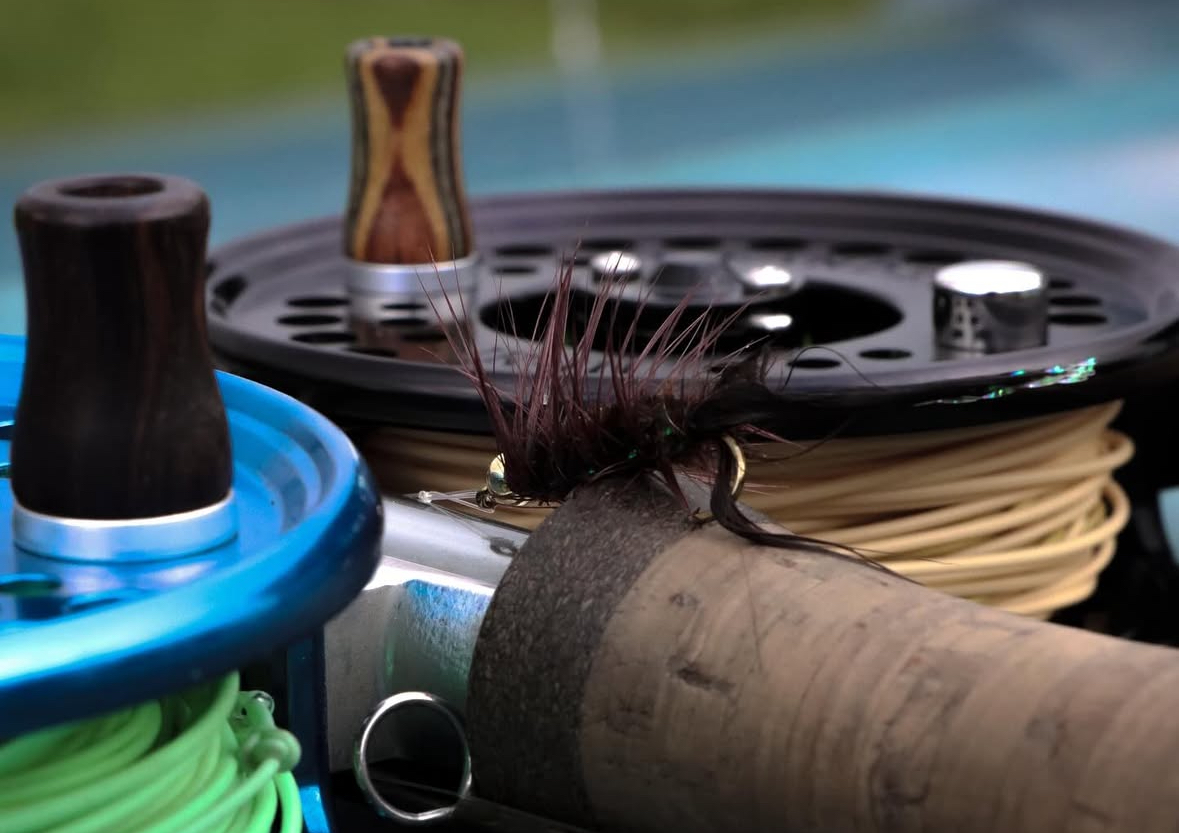
So, what do you use for carp? There are many flies that are used to target carp. Some are original patterns and some that I’ve modified over the years, and they seem to work. Like every angler, we all have a go-to or a favourite, simply because it’s worked consistently for us. Patterns will be decided for me by knowing what insects are in the fishery I decide to fish that day.
Popular flies are:
-
Woolly Bugger
-
Mop Fly
-
Damsels
-
Clouser Minnows
-
Leeches
-
San Juan Worm
-
Soft Hackle Nymphs
-
Backstabbers
-
Carp Bugger
-
Headstand
These are just some. There are many more to list, but these are my go-to’s when it comes to common carp, whether I’m casting and slowly retrieving or maybe fishing them below an indicator.

Set with your choices on what you’re going to swing at them. What size rod will you need? Any 6–8 wt rod would perform well. Length would be up to you, depending on the environment allowing for a shorter or longer rod. Floating line with a 9’ or longer leader, matched with a reel that can accommodate long runs. Myself, I use a fast action 7wt and 8wt; this allows me to fish many conditions. I love to reach for Islander’s LX 3.6, but it will also give the IR-III a good workout.
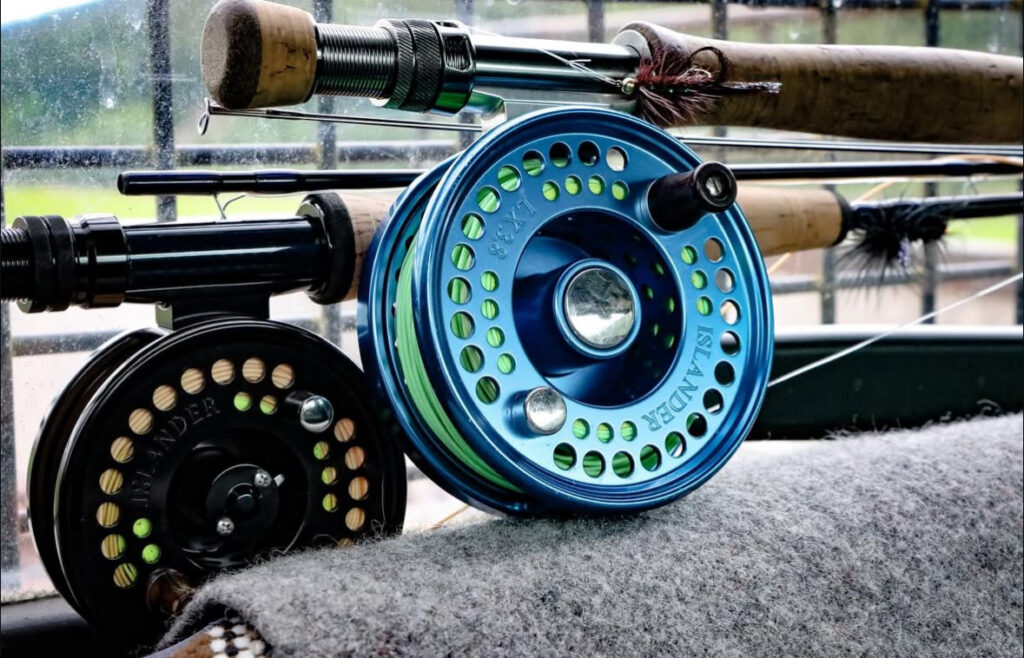
Like all species, respect these fish. Use single barbless hooks, wet your hands before handling, and be mindful that scales in late summer are fragile and come off easily. Release them gently, as you would for any species. When it’s hot out, try and get your photos done and get them back in the water as quickly as possible.
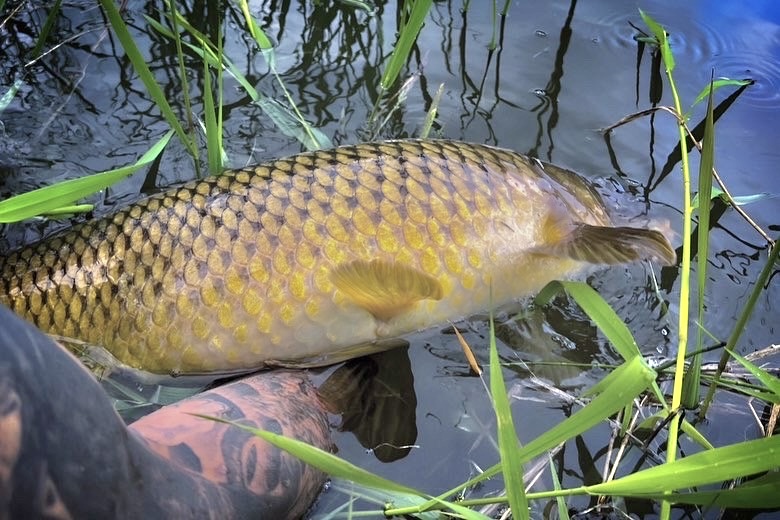
Quick tips if you’re a beginner: target the feeding fish; it saves you from casting too much, saves your energy, and can turn a slow fishing day around pretty quickly. Always observe and find the fish. They are easy to spot and identify in shallow water, and it saves you from casting blind. If you don’t have patience, carp fishing won’t be for you.
So just remember, summer fly fishing doesn’t have to come to a halt due to warm weather conditions when the trout are not active. Give carp a try; I guarantee you will get hooked if you catch one. It improves your skills, and the tactic of being stealthy just adds more excitement to the challenge. So do some research, grab some buggy flies, and give these often-overlooked fish a try. I’m sure you will enjoy the experience of meeting these golden ghosts.
Tight lines, and bring some bug spray!
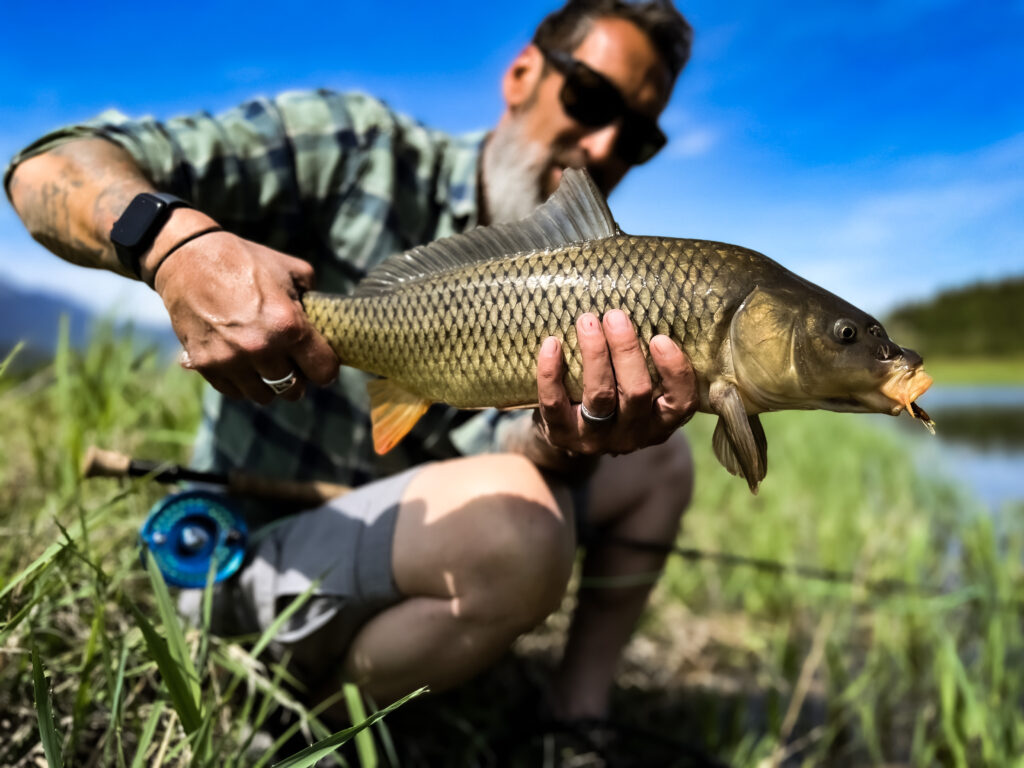
Fishing has been part of Chad Deschamps’s life from a very young age, giving him decades of hands-on experience across multiple species and methods. From the rivers and lakes around Revelstoke, BC, he spends every season on the water, tying flies, testing techniques, and sharing his knowledge with others. His wife, Jennie, and their loyal (and very large) canine companions, Chewie and Gina, are always along for the journey.


